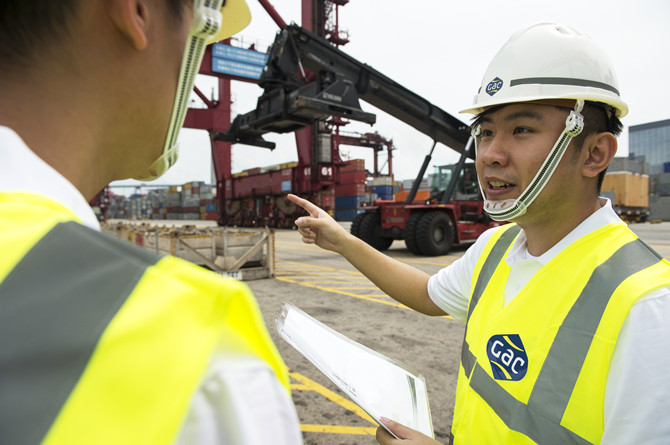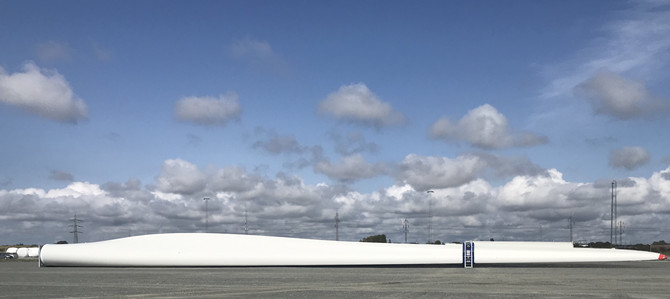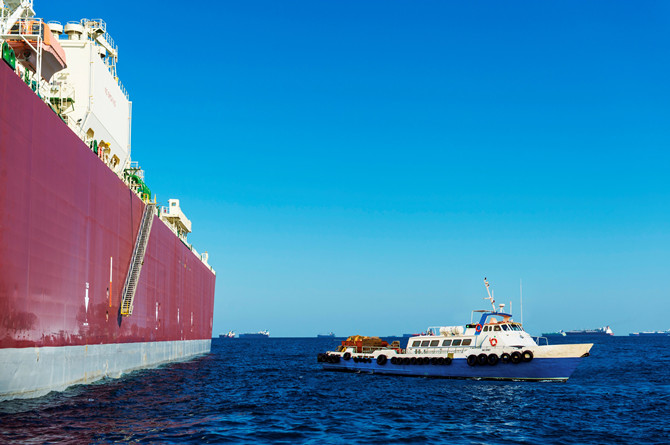
Southeast Asia is a renewable boom waiting to happen. With rising demand and a near-untapped alternative energy market, the region has the opportunity to become a leader in sustainable fuels and reduce its hydrocarbon dependency.
Southeast Asia can expect to see more and more offshore wind farms in the coming years, and the region’s vast coastlines and abundant wind resources make it ideal for developing such projects.
To support the growth, countries are rapidly developing their offshore infrastructure. As aggregate spending power increases, energy demand rises in tandem.
Traditionally, nations in the region have been reliant on coal and oil, but a blend of self-interest and international green objectives has made alternative energy a priority for many Southeast Asian governments.
Vietnam, with its population of nearly 100 million, is a case in point, emerging as an economic tiger and an attractive destination for foreign manufacturers looking to diversify their production. But it is limited by the fact that its power generation has not kept pace with development, leading to concerns over chronic power shortages. That, in parallel with international pressure to transition away from fossil fuels, has led the country to consider alternative energy sources, including wind power.
The state aims to ramp up its wind power generation capabilities from the current 5% to 30% by 2050 – and it has the natural resources for the task. Half the country is effectively coastline, and strong winds off the Vietnamese southern coast make it one of the best places in Southeast Asia to harness its potential.

The Philippines also looks promising with approximately 178 GW of offshore wind power potential, according to the World Bank, with large areas around the country’s coast having technically extractable wind resources.
To seize that potential, the Philippines' Department of Energy has massively expanded its onshore and offshore wind power projects. To date, it has awarded 57 offshore wind energy service contracts with a total potential capacity of about 42 GW.
But it is Singapore that is at the hub of these developments. With countries and governments across the region seeking a spark to ignite the offshore explosion, the city-state offers a platform for companies involved in projects throughout the region.
The island nation is one of the world's liveliest maritime hubs, situated at the crossroads of major shipping lanes connecting Asia with the rest of the world. As the world’s busiest container port and the top bunkering port, Singapore is a vital transhipment hub and a bedrock for global commerce central to regional developments.
The wings beneath wind power
Ambitious projects across the continent require extensive supply chain and offshore support. Quality and reliability of service are non-negotiable for the offshore industry, and accordingly, those supporting regional development have adapted their operations to meet project demands.
As one of the world’s leading offshore support providers with 60 years of experience serving the energy sector, the GAC Group supports offshore activities and developments across Asia Pacific through its Singapore office.
By drawing on the Group’s unique combination of core competencies in shipping, logistics and marine, GAC Singapore offers integrated solutions including supply chain management, freight, agency, crew and infrastructural support for wind farm projects.
It is the territory’s biggest ship agent, providing agency and husbandry services through to specialised dry dockings and floating production storage and offloading unit (FPSO) support. The company also serves as a single point-of-contact for all logistics requirements.
Critically, GAC Singapore is well versed with the regulatory environment in Southeast Asia – something which has been key in navigating the complex legislative landscapes and ensuring reliability when working with various authorities.
Sofie Bager, GAC Singapore Managing Director
"Singapore has always been one of the key hubs of the offshore energy sector that supports mobilisation of vessels across Southeast Asia," said Sofie Bager, Managing Director of GAC Singapore.
"We are well connected by air and sea, and can easily facilitate repairs, crew changes, and deliveries of spare parts. Further, we have good infrastructure here to support developments in the broader Asia Pacific region, including shipyards to carry out modifications and repairs for their vessels for projects in Thailand, Vietnam and Australia.”
Last year, GAC Singapore handled the successful delivery of two FPSOs for a global supplier and operator of offshore floating platforms to Brazil. More recently, they handled a vessel which needed ballast water treatment but lacked the plant on board. As agent, GAC Singapore coordinated with their vendor to receive ballast water and provide treatment for the ship, whilst also providing support for deslopping, sludge removal, vessel inspections, standby tugs at anchorage, disembarking crew and preparing for vessels to reach shipyards safely.
“Being a ship agent with in-house logistics and a global network allows GAC to consolidate requirements and have better control over customers’ supply chains from start to end, which helps them save time and money. In addition, GAC Singapore is under the Major Exporter Scheme, so we can move cargo in and out of our warehouse facilities with minimal bureaucracy and paperwork efficiently and cost effectively,” added Sofie.
 Beyond location
Beyond location
Singapore's success is not just down to its geographical advantage. The country has invested heavily in its infrastructure to create world-leading ports, terminals and logistics facilities. It is a leader in the use of advanced technology to enhance its maritime capabilities, such as autonomous vessels and digitalisation of shipping documentation.
To strengthen its position as a major maritime hub, it actively pursues digital innovation initiatives. Since 2017, it incubates ideas from technology start-ups through its Smart Port Challenge, and will upgrade its digitalPORT@SG™ Maritime Single Window for maritime regulations and port service transactions this year with a feature facilitating just-in-time operations for optimal vessel passage planning.
Besides being Asia’s top financial centre, the country’s low tax regime also provides a competitive advantage for companies operating there, and its educated and highly skilled local workforce adds to the attraction.
Growing demand
"We've seen an increase in offshore activities, as well as the demand for support services, especially when you compare three years ago during the pandemic and now. This reflects the optimism seen for wind energy projects across the region," said Sofie.
GAC’s experience in supporting offshore projects in other parts of the world, combined with its local knowledge, makes it well-positioned to support the offshore boom.
In March this year, GAC opened its first office in Ho Chi Minh to support exploration, production and maintenance operations for Vietnam’s burgeoning offshore wind farm sector. It followed the opening of a new office in Taichung, Taiwan, in November last year to provide similar support to the growing offshore energy sector in the region.
Expertise, experience and network offered by service providers like GAC are vital to success of today’s offshore projects. As operations are constantly refined, along with recognition of the importance of these new developments in the region, the future looks bright for alternative energy in Southeast Asia.
The opinions expressed herein are the author's and not necessarily those of The Xinde Marine News.
Please Contact Us at:
media@xindemarine.com





 Ningbo Containerized Freight Index Weekly Commentar
Ningbo Containerized Freight Index Weekly Commentar  Ningbo Containerized Freight Index Weekly Commentar
Ningbo Containerized Freight Index Weekly Commentar  Ningbo Containerized Freight Index Weekly Commentar
Ningbo Containerized Freight Index Weekly Commentar  BIMCO Shipping Number of the Week: Bulker newbuildi
BIMCO Shipping Number of the Week: Bulker newbuildi  Ningbo Containerized Freight Index Weekly Commentar
Ningbo Containerized Freight Index Weekly Commentar  Ningbo Containerized Freight Index Weekly Commentar
Ningbo Containerized Freight Index Weekly Commentar